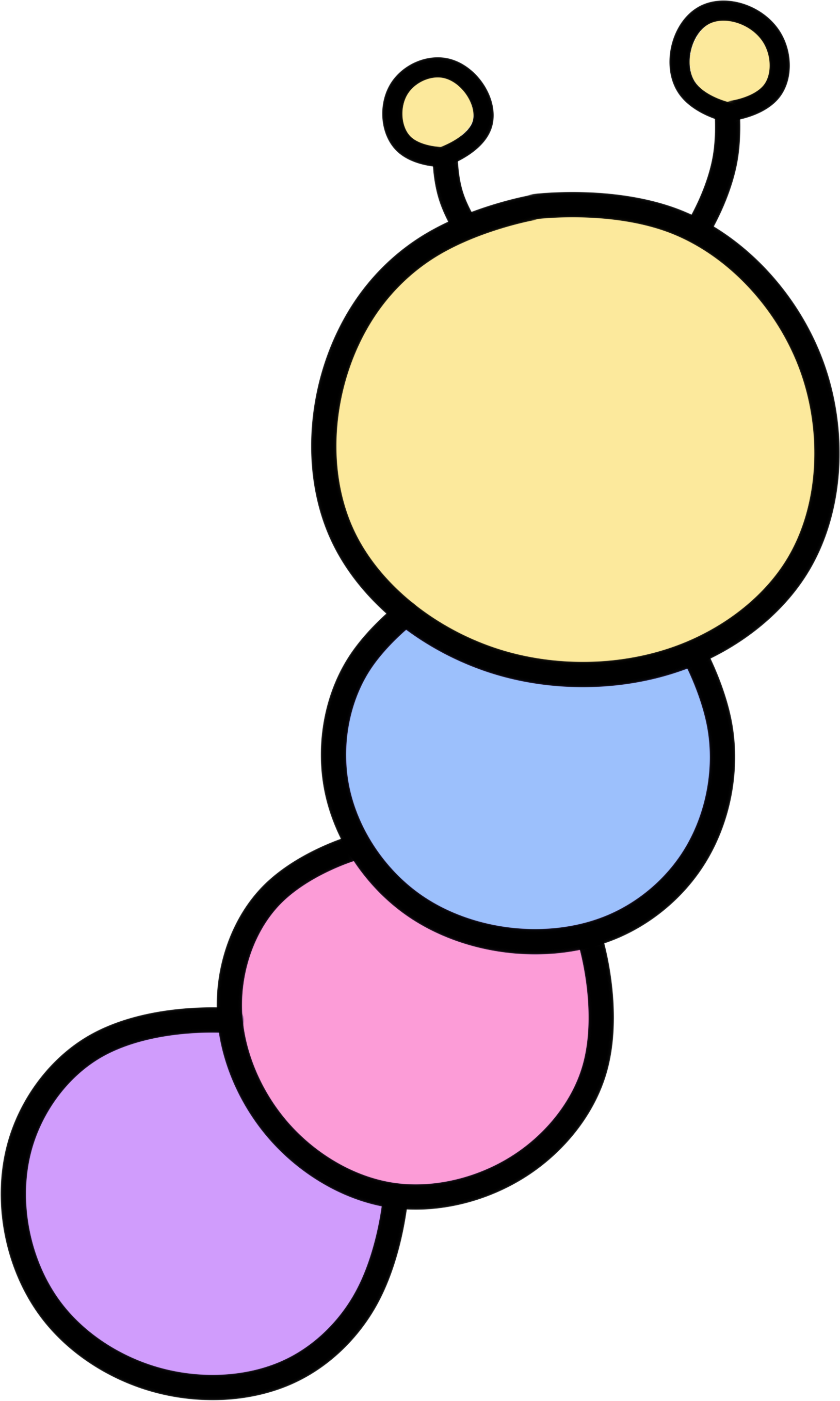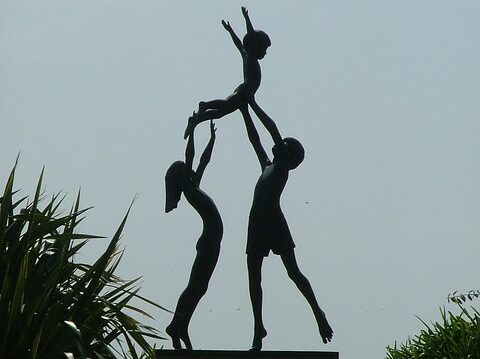
Nepiophilia’s Definition
“νήπιος” (népios)” which is derived from the Greek meaning of “child” or “infant”— more specifically “ne” and “epos” meaning “not speaking”— the term “nepiophilia” is used to describe the attraction to infants (humans under 12 months) and toddlers.
Something that bothers me is when people define nepiophilia as attraction to babies and toddlers ages zero through four. I find this absolutely ridiculous. A three and four-year-old is nothing similar to a baby physically or psychologically. Even more absurd is when nepiophilia is defined to include five and six-year-olds! Yes, I’ve actually seen that before. Just one of the flaws with defining youth orientation based on age. Now for the rest of the article, I’ll be touching up on some notable differences between children in early childhood (which is defined as being 6 and below but above infancy), toddlers, and infants.
___
Physical Growth
What comes without surprise, are the very different physical traits between infants, toddlers, and children in early childhood. Just based on a superficial rundown, one can see that babies, toddlers, and children in early childhood have different facial and body proportions. Secondly, babies and tods typically have more body fat: plump arms, tummies, and many times “cankles” even. Their bodies grow differently too!
Humans go through the most rapid growth in the first two years of life. After this rapid growth in infancy and early toddlerhood, growth slows down. If you have ever met a young infant and then revisited them a few months later, you would realize just how much bigger they have gotten! By the time an infant is 12 months old, they will have tripled in birth mass. After one year of age, the growth of length slows down. By the time a human is five, they will have doubled in birth length. More surprisingly, most boys will reach half their adult height at two, and for girls most will reach half their adult height by 19 months old!
___
Psychological Differences
Lastly, I will briefly mention the psychological differences, but I hope you are already aware of the difference between a baby and a four-year-old. I find it strange how many people think most toddlers are silent when most children go through an explosion of language use between the ages of 18 and 24 months. It’s doubly ironic when one considers that the term “nepiophilia” is derived from the meaning “to not speak.”
___
Small Anecdote
I remember when I first started working with toddlers and preschoolers; I was stunned by how talkative and enunciative the majority of the three-year-olds were. Even just comparing them to the two-year-olds, there was a striking difference in word use and sentence depth. Three is really the age they start asking “why” so much.
Sources:
https://psychology.fandom.com/wiki/Nepiophilia
https://map-wiki.com/index.php/Nepiophilia#
Edited on April 20th 2025: Added “small anecdote” back.


This is very interesting and is also a big annoyance for me as well. As a woman primarily attracted to girls between the ages of 8-12, I hate the assumptions MAPs make about other MAPs. I have had people tell me that If I like that age range I must like toddlers also, or older girls just starting puberty. As a child bodies and mind change so quickly that your attractions cant be assumed even by just a year or two. Putting a baby in the same group as a toddler is ridicules.
Also, I recently found your blog and am very happy I did. It is so nicer to find another female in this lifestyle.
Thanks for the comment. Admittedly I do often make the assumption that other MAPs have a broad AoA like me.
>As a child bodies and mind change so quickly that your attractions cant be assumed even by just a year or two.
That’s a good point. Children’s bodies and minds grow so much in a short time.